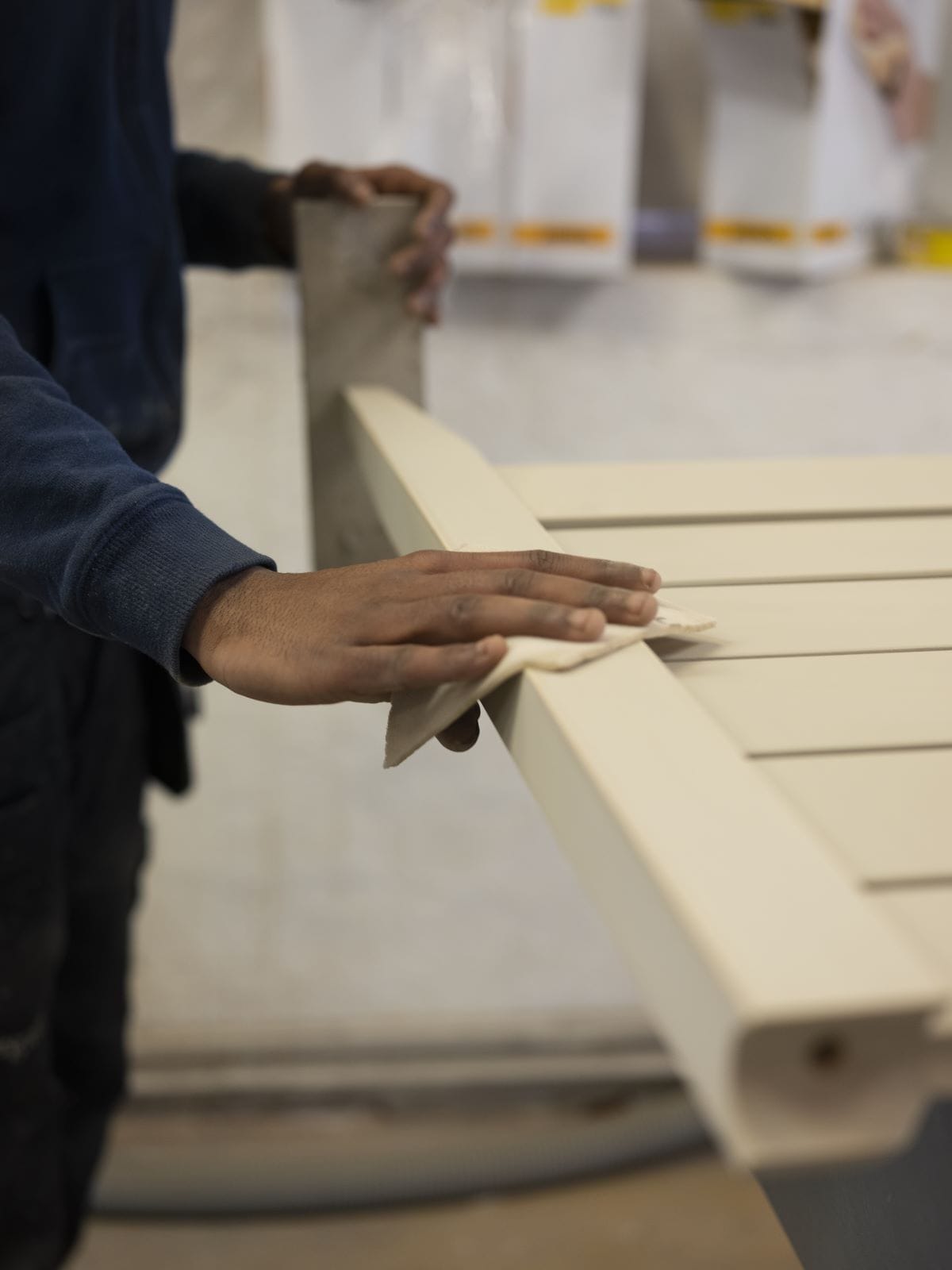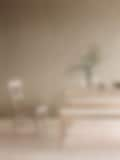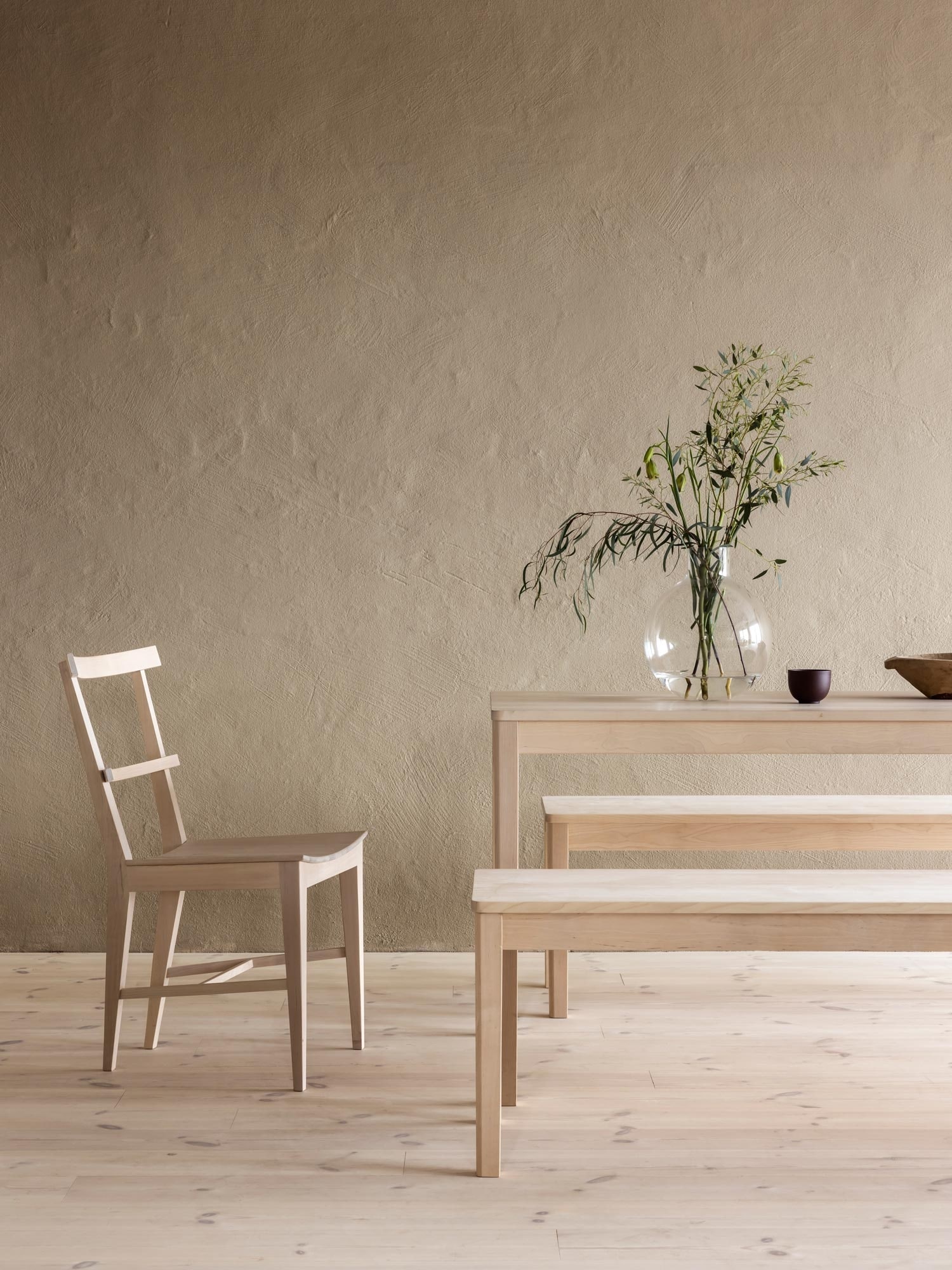Many choose egg oil tempera for environmental and health reasons, thanks to its pure and natural content - free from additives and solvents. Others choose egg oil tempera simply because it produces an incomparably beautiful result. Do you also want to paint walls or furniture with egg oil tempera? We offer a variety of shades of egg oil tempera here. In our stores, you can also get assistance with ordering tempera paint and purchase a sample jar to take home with you.
Sub-labour
Because the egg oil tempera colour is so thin and fine in its structure, it is worth taking extra care with the undercoating to get a really good end result.
A fine-grained filler should be used for levelling. Filled surfaces require a first coat on top of the filled surfaces as there is a risk of "suction" on these surfaces. Then 2-3 more coats on the entire surface.
New wood
Priming is not necessary. If the surface is very absorbent, the colour can be diluted with water or emulsion during the first coat. Knots should be shellaced before painting to avoid penetration.
Previously painted surfaces
Loose paint is scraped off, filled and sanded if necessary. Shiny surfaces are matted with a fine sandpaper, then the surface is washed clean.
Plastered surfaces
Loose plaster is brushed off and the surface repaired. The surface is then best saturated with water and then painted with egg oil tempera on a wet surface.
Note! Freshly plastered walls must be fully 'burnt' before they can be painted.

.jpg?extend=copy&width=160&method=fit&height=160&sigma=2.5&minampl=0.5&quality=30&type=auto)
.jpg)

